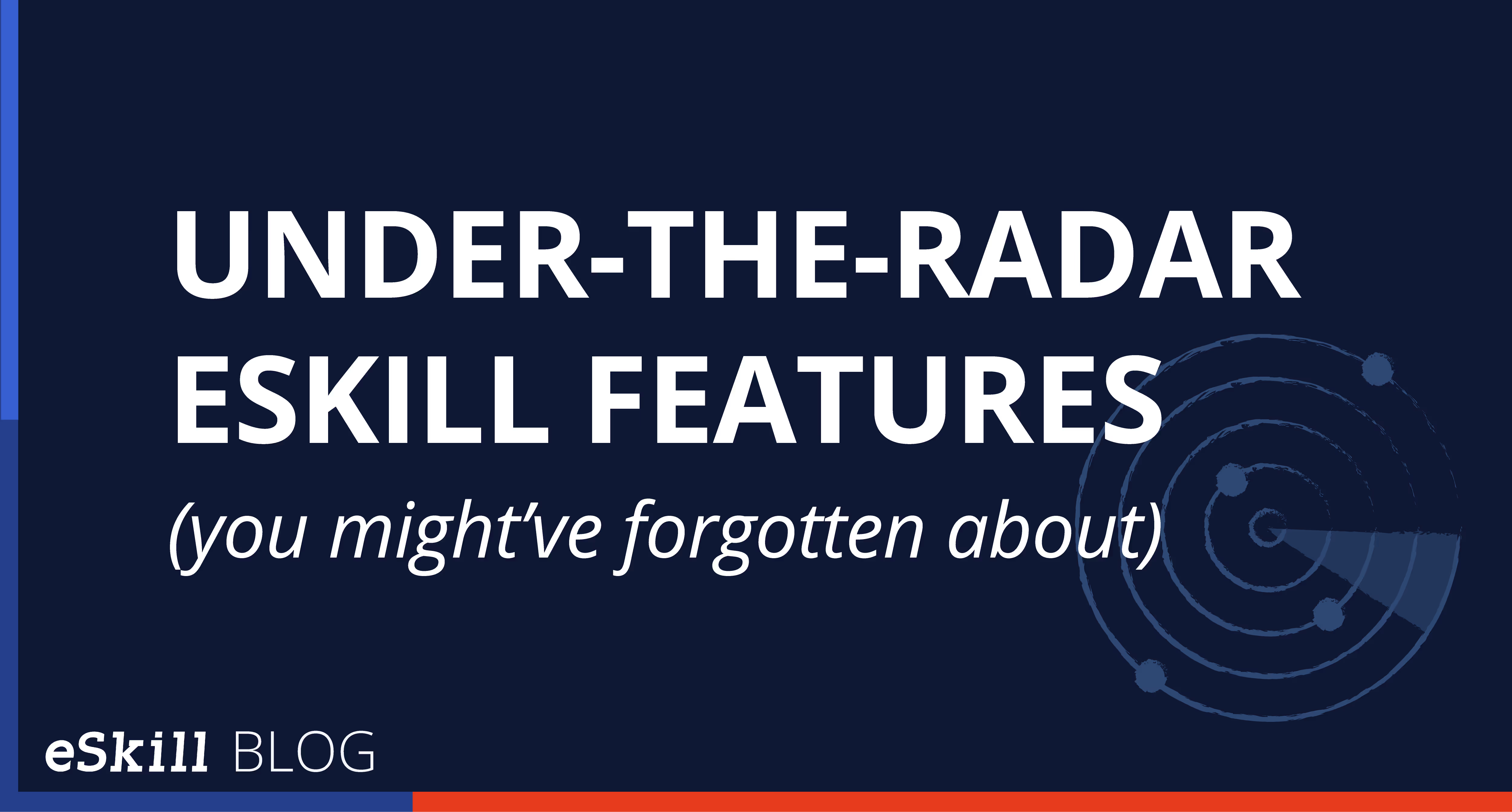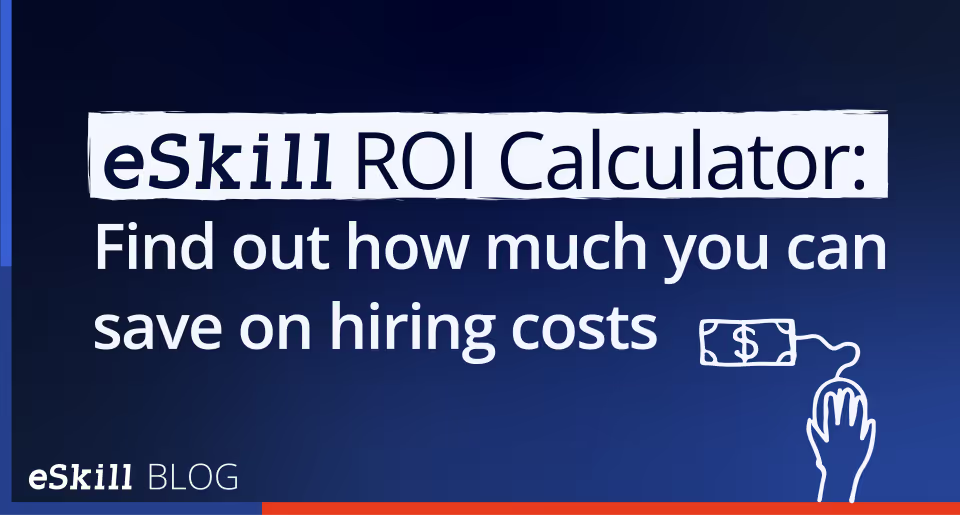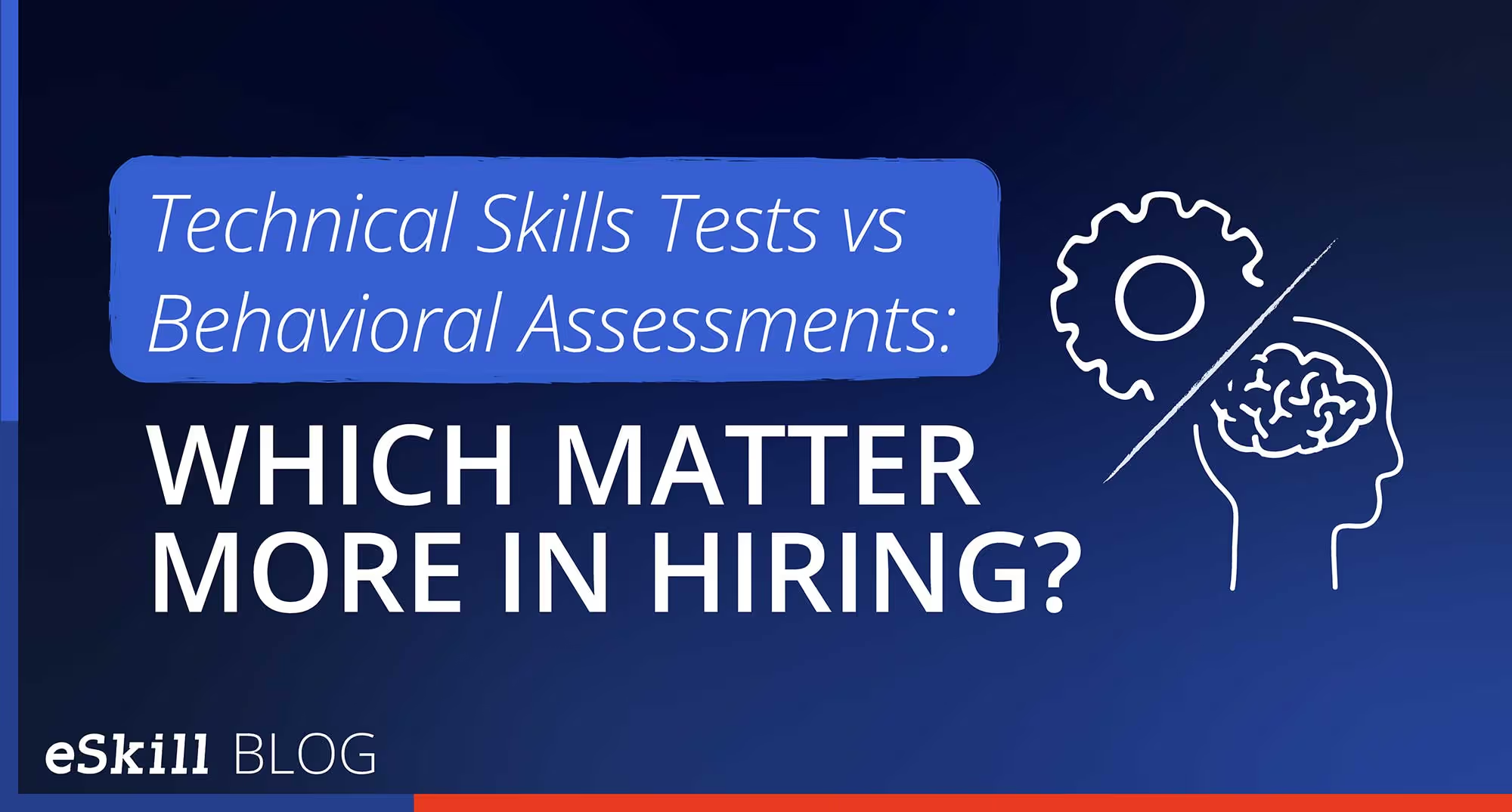Like other business decisions, if you lack a detailed strategy for evaluating candidates as a part of your hiring process, you could be missing out on top talent and wasting valuable resources. The U.S. Department of Labor concluded that many organizations find that the sunk cost is significantly higher depending on the role.
There are several ways to evaluate the likelihood of an applicant’s future success on the job. Using the following approaches will help you reduce the time to hire by an average of 16 hours and the costs of candidate evaluations by at least $600.
- The hurdle approach
With the hurdle approach, you set a minimum or “passing” score that an applicant must achieve for consideration. You can also use a series of hurdles that a person must pass to continue in the process. The hurdle approach has the advantage of cost and efficiency. In general, with this approach, selection tools are administered in a series of steps from the easiest and least expensive to the most difficult and costly. Individuals are screened out at each stage if they fail to meet the hurdle. This approach saves money and time as the most expensive screening tools are used for a small group of semi-finalists rather than all applicants.
- The compensatory approach
With the compensatory approach, you collect all of the information on each applicant and combine it into an overall score to find the best applicant. It is compensatory because scoring high in one area of the test can compensate for a low score in another. For example, if you have identified four necessary skills for a job, an applicant who is highly skilled in only two of those skills may be preferable to someone who is only moderately skilled in all four.
The compensatory approach has the advantage of maximizing predictability. Many organizations develop formulas that weight the essential information the highest, and those formulas can be used readily for the quantitative scoring of assessments. However, if all applicants get all assessments, the cost and time involved with the compensatory approach can be considerable.
- The hybrid approach
Some organizations use a hybrid approach that combines the best features of the hurdle and compensatory methods. With the hybrid approach, the assessment process can occur in stages as with the hurdle approach, but the information is combined using a compensatory method with the finalists.
The typical steps to combine these methods include:
Step 1. The Online Application
The online application is the least expensive way to collect information from applicants. The main expense lies with screening the applications. Pre-planning to set hurdles will go a long way to minimizing the time required for screening. For example, if a job requires an undergraduate degree in engineering, an initial hurdle can be set to automatically determine which applicants will move to the next step in the screening process. Often this can be done through the job posting service or applicant tracking system.
However, what if the credentials are not widely recognized? If the credential is not widely recognized, you can test the candidate’s actual skills by administering a skill test which will show their aptitude for the skill.
Even if the candidate earned recognized credentials, how can you tell if a candidate’s knowledge is fresh? Again, we suggest giving a to validate. A point-of-application skills assessment will always be a good idea since it tests relevant skills at the moment they’re needed.
Step 2. Pre-Employment Assessments
Psychological assessments and skills tests are relatively inexpensive and easy to administer, and they provide quantitative scores that can be used to measure hurdles, as mentioned above. It is possible to use tests in multiple hurdles, where applicants complete a first test (or series of tests) as an initial screen, and only those who pass those tests go on to take others.
Step 3. The Interview
The interview is typically the most costly step as it takes the time of one or more individuals to review and score the interview. For this reason, is most efficient to limit interviews to semi-finalists who have passed the hurdles for the other assessments.
Interviews can be automated and hosted over the web through voice and video interviews, where an individual logs into the interview website and responds via video to a series of questions just as he or she would with a live person. Then the recordings can be reviewed and analyzed when it is convenient. The advantage of the video interview is the flexibility it provides in terms of where and when it takes place, and where and when it is reviewed. It is also easy for multiple people to review video interviews, thus allowing for multiple perspectives on each candidate’s suitability.
Every hiring situation is different. However, understanding how and when to leverage these evaluation methods can help you reduce your time to hire and the cost of mis-hires.
eSkill is a leader in pre-employment assessments, with easily customizable skills tests that map to almost any job description for maximum validity and EEOC compliance. FedEx, Coca-Cola, Zappos, Orvis, Spotify, 1-800 Contacts, Credit Union, deploy eSkill’s highly relevant, job-customized skills tests to predict job-skill fit and expose skill gaps.
Over the past 15 years, eSkill has helped thousands of organizations reduce their selection costs by 64% and the time to hire by 68%.

Get ademo.






